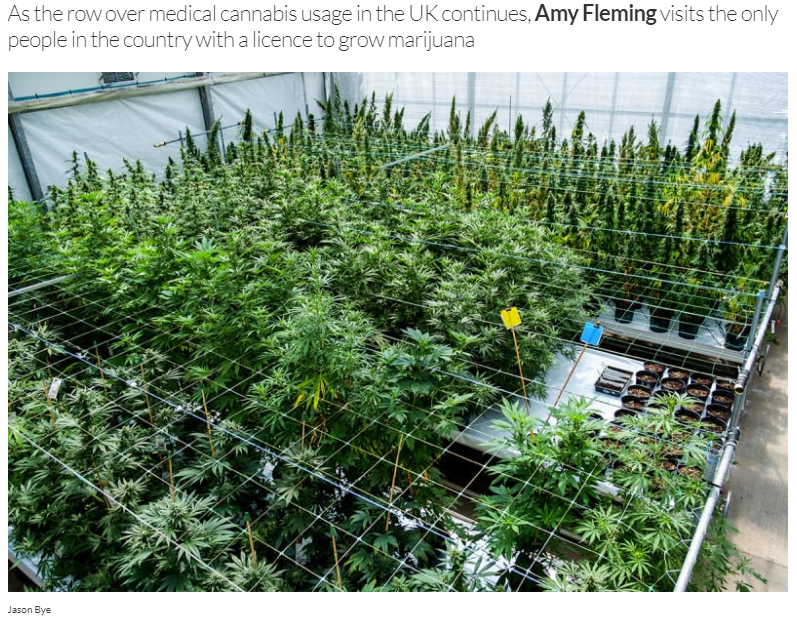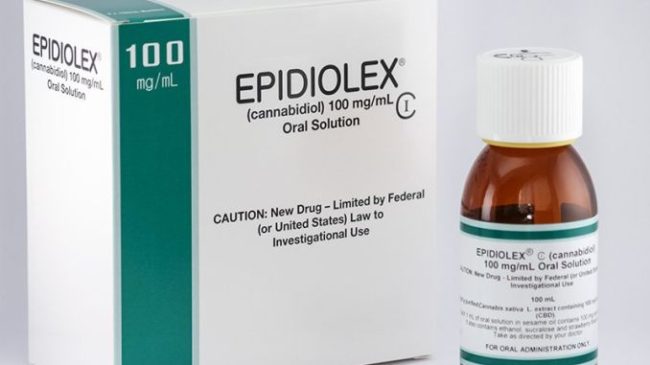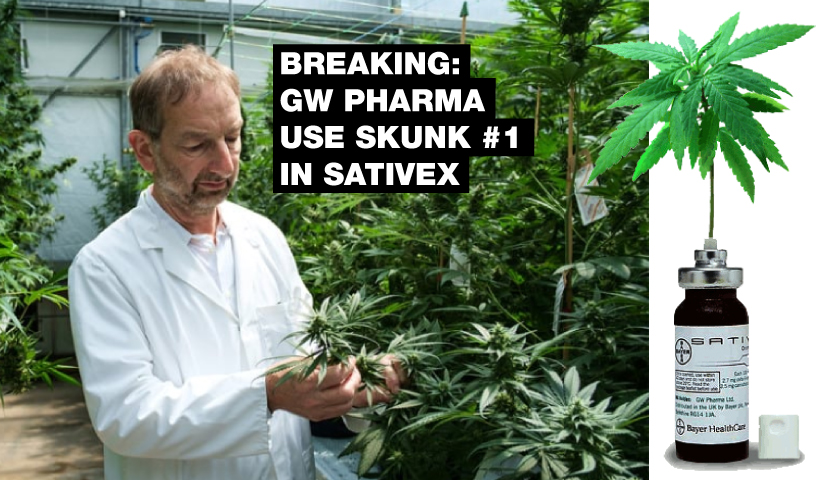New Scientist magazine has visited the GW Pharmaceuticals to interview Dr David Potter at the UK’s only legal cannabis farm, providing some revealing insights to the world of monopolised cannabis.
Journalist Amy Fleming starts the article by describing Potter tending to a “Skunk #1” plant, which is used in the production of Sativex, the first marijuana medicine to be approved for use in the UK. GW, where Potter is botanical director, sells the drug in 29 countries, making the UK the world-leading legal cannabis exporter.
That’s right. Britain is the world-leading exporter of Skunk – the very thing the British media tell us is the most dangerous drug on the streets. But just as we have always said, Skunk is medicinal cannabis.
Is this a defining moment where the British public are given the decency to know the truth? That calling all high quality cannabis “Skunk” is the same as calling all carbonated flavoured sugar drinks Coca-Cola?
Another cannabis-based GW drug, Epidiolex, was approved by the US Food and Drug Administration last month for the treatment of two complex childhood epilepsies: Dravet syndrome and Lennox-Gastaut syndrome. Epidiolex is the first cannabis-based drug to be approved in the US and is likely to come to Europe in early 2019. Epidolex is made from CBD isolate which is currently accessible to all consumers but in June at the Cannabis Europa conference, Trading Standards stated this is likely to change by the end of the year and CBD retailers “are in for a bit of a shock”. A rumoured 85% maximum CBD content in a single product has been mentioned by several four letter regulatory bodies, which has worried patients who rely on its current availability.
GW was founded by British biotech entrepreneurs “in response to people with multiple sclerosis campaigning for the right to use cannabis to relieve muscle spasms and pain without breaking the law”, writes Fleming. “The plan was to create a standardised product that could go through the formal regulatory process for new drugs.” The Home Office granted it a licence and it never looked back.

Sativex contains equal amounts of the psychoactive compound tetrahydrocannabinol (THC) and cannabidiol (CBD), which doesn’t produce a high. It is made from the oils of a cannabis plant formed from a cross between a cultivar of Skunk #1 and a plant Potter bred to be high in CBD. GW says blending the two plants helps make the THC more tolerable as the CBD reduces the effects of THC, such as light-headedness and anxiety.
Greg de Hoedt, chairman of the UKCSC, comments: “This may have been what Dr Potter had to do back in 1998 when he germinated those first seeds, but now in 2018, there are cannabis genetics that have 1:1 THC:CBD ratios as well as seeds that have genetics enabling them to produce CBD with up to 20% CBD and less than 1% THC.
“What Dr Potter gets up to in ‘The Potting Shed’ isn’t much of a secret anymore with so many entrepreneurs taking their research from 20 years ago and advancing it with newer understanding and more up-to-date technology. The Home Office does not realise the level of medical cannabis industry growth they have stifled in the UK.”
Sativex requires just one square metre per patient per year – and still only 1% of the 100,000 patients with MS in the UK are able to receive it when they can afford the £450 a month prescription fees. Sarah Martin, an MS campaigner for over 15 years has been prescribed Sativex. She says that “three bottles didn’t last me one week and I had to go back to using homegrown cannabis which was much more effective and much cheaper”. Sarah appealed for more efficacy, adding: “But I can’t always grow my own so I need to know effective cannabis treatment options are available.”
More medicine… more revenue…

A pilot trial carried out by GW of cannabidiol (CBD) showed that participants with schizophrenia experienced a reduction in symptoms, marking it out as a antipsychotic drug.
CBD is the main active ingredient Epidiolex, and needs a ‘record high’ dose of it, Potter says, to have the required effect on epileptic seizures. This high dose requires GW to devote 10 square metres of glasshouse to grow enough cannabis for a year’s supply for one patient. It’s no wonder it costs the NHS almost £4,000 per person. This is artificial scarcity in action – a corporation is given a monopoly on something that could be made readily available in abundance, allowing it to fix the price and ensure profitability.
Helen Cross, a consultant in paediatric neurology at Great Ormond Street Hospital in London who administered Epidiolex as part of international clinical trials, points out that while Epidiolex doesn’t work on everyone, it didn’t make anyone worse, “which is often a worry with some drugs”.
Cross prescribes Epidiolex to 30 children, including some with other complex epilepsies. She understands the desperation felt by parents who don’t have legal access to cannabis medicines, but says that “the cannabis oils you buy over the internet are not produced to pharmaceutical standards. We don’t recommend them, although many parents administer them without our knowledge.”
Cross says that some pre-clinical studies have shown that THC and CBD may both reduce epileptic convulsions, but that there is also evidence that THC may increase them in some circumstances. She says there are additional concerns about the effects of THC on children whose brains already have developmental issues. “We have ways of looking at medicines to make sure they’re safe long term, and if we start undermining that process, it’s the tip of the iceberg.”
Cross believes the debate over legalising cannabis per se is a ‘distraction’ for medicinal patients. But, as New Scientist points out, the former drugs adviser to the government Professor David Nutt is adamant that full legalisation would speed up research and treatment.
For GW, legalisation would threaten its monopoly and bring down the prices that make it so profitable.
Follow the UKCSC on social media: Facebook – Instagram– Twitter – Reddit






Comment (1)